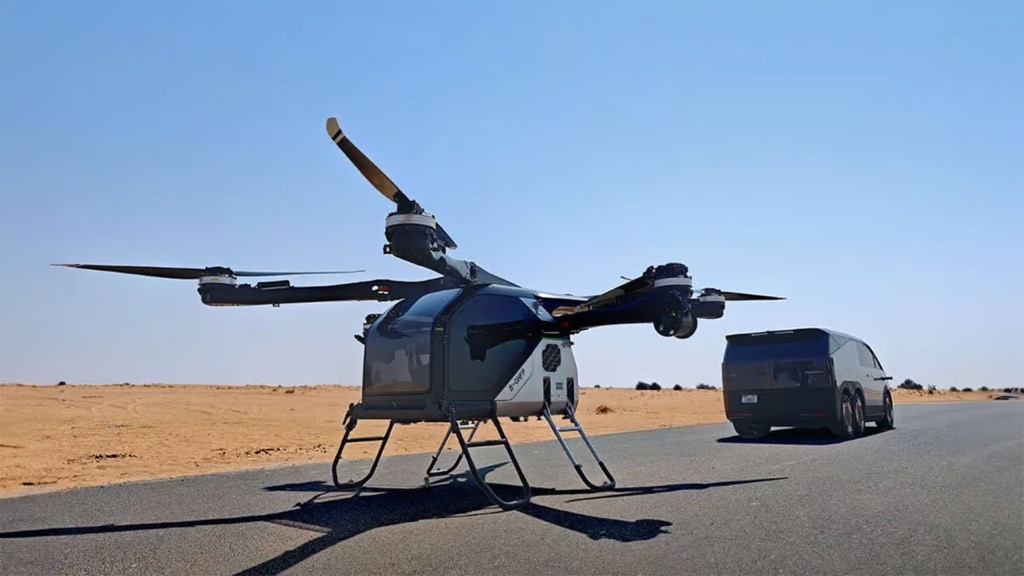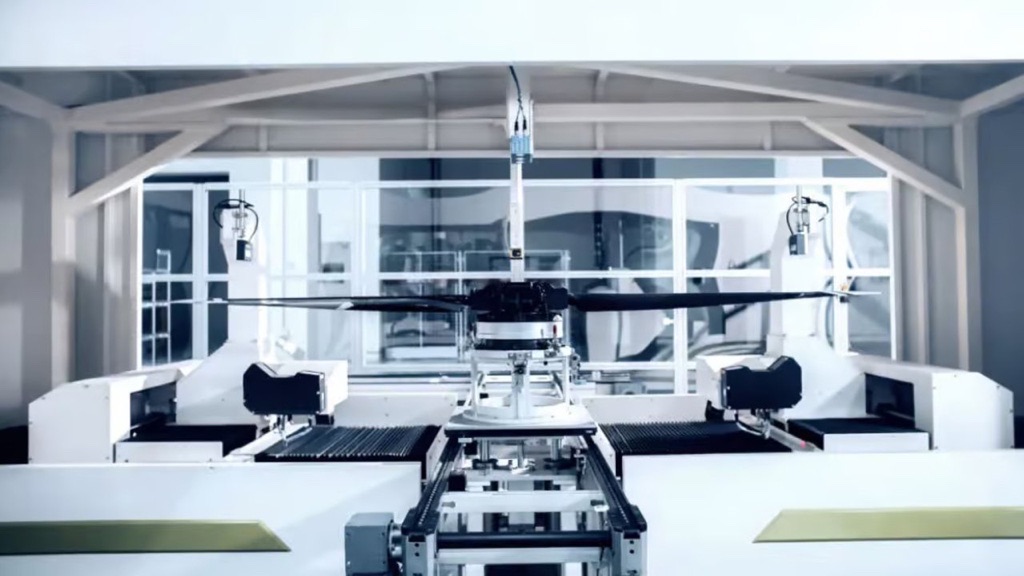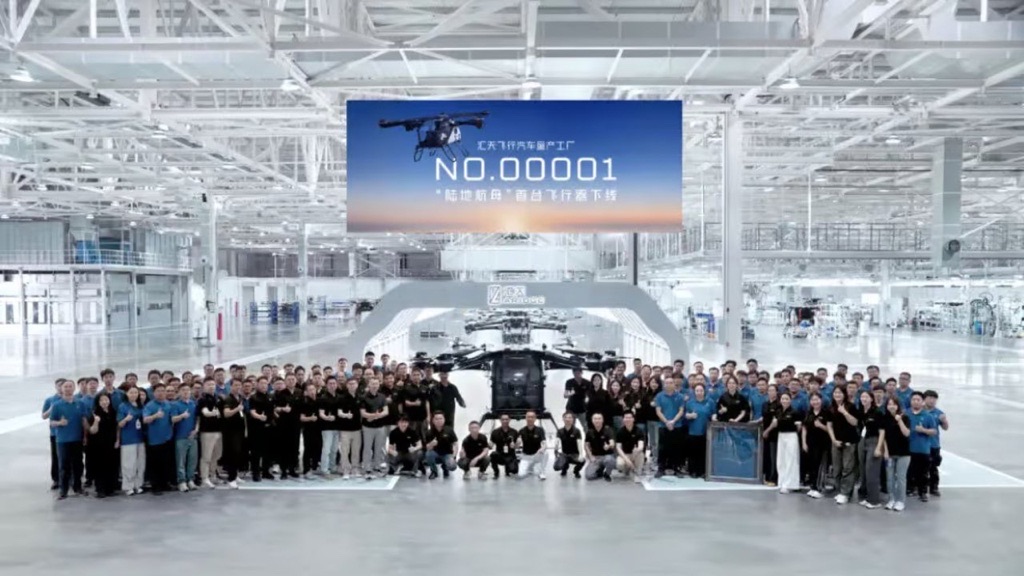Aridge (XPeng Aero) Launches Mass Production of the “Land Aircraft Carrier” Flying Car System: Price, Specs, and Release Date
A Flying Car Factory Goes Live in China
Aridge, the newly rebranded aerospace division of XPeng, has officially opened its large-scale production facility for a modular flying car system designed for both ground travel and vertical flight. This marks one of the first real attempts to mass-produce a consumer-accessible flying vehicle, moving beyond conceptual prototypes and design demonstrations.
The new factory, located in Guangzhou, spans 1.3 million square feet and is preparing for an output capacity of up to 10,000 units per year, with early production already underway.

Key Facts & Specifications
| Parameter | Land Aircraft Carrier (Ground Unit + Air Module) |
|---|---|
| Ground Vehicle Type | 6×6 extended-range electric truck |
| Ground Driving Range | 620+ miles (est.) |
| Power System | 800-volt hybrid-electric |
| Seating Capacity (Ground) | 5 passengers |
| Air Module Type | Fully electric eVTOL aircraft |
| Seating Capacity (Air) | 2 occupants |
| Flight Mode | Vertical takeoff and landing (multi-rotor) |
| Safety System | Multi-parachute emergency deployment |
| Production Capacity | Up to 10,000 units per year |
| Price | ≈ $281,000 USD (2 million RMB) |
| Delivery Start | 2026 (China) |

Design and Functionality
The Land Aircraft Carrier uses a dual-component system:
-
Ground Unit (“Mother Vehicle”)
A large, three-axle, six-wheel electric hybrid truck featuring:-
6×6 drive system
-
Rear-wheel steering
-
Passenger space for five
-
Internal storage dock for the flying module
-
-
Air Module (eVTOL)
A two-seat aircraft made from carbon fiber, equipped with:-
Multi-rotor vertical lift system
-
Panoramic cockpit visibility
-
Electric flight powertrain
-
The ground vehicle functions as a mobile charging base, able to recharge the airborne module multiple times when operating remotely.

Technology and Features
The eVTOL is controlled via a single-stick simplified control system, designed to reduce the time required for pilot familiarization. Aridge reports that basic flight control may be learned quickly, though traditional licensing and regulatory frameworks will vary by region.
Safety systems include:
-
Multi-motor redundancy
-
Full-vehicle ballistic parachute system, tested for low-altitude deployment (~50 meters)

Market Position and Competitors
The Land Aircraft Carrier enters a niche market of consumer eVTOL mobility. Unlike traditional flying car prototypes, the Aridge system integrates:
-
Overland travel
-
Independent refueling and power supply
-
Portable hangar and launch platform capabilities
Its closest competitors are high-end eVTOL startups and personal helicopter systems, though none currently offer an integrated vehicle-aircraft system at this price point.

Price and Release Date
-
Price: ~$281,000 USD (2,000,000 RMB)
-
Target customers: private buyers, remote travel operators, emergency-response services
-
First deliveries planned for 2026 (China market)
-
International availability is subject to regulatory approval

Conclusion
The launch of Aridge’s flying car production facility marks a major step in the evolution of consumer aerial mobility. With a functional assembly line, confirmed orders, and a modular design that combines a high-range electric ground vehicle with a compact eVTOL aircraft, the Land Aircraft Carrier represents one of the first scalable attempts to merge automotive and aviation technology.
Whether global safety and regulatory structures will adapt quickly enough remains uncertain, but Aridge has moved the flying car concept beyond theory and into manufacturing reality.
FAQ
When will the Aridge flying car be available?
Deliveries are expected to start in 2026 (China).
How much does the Land Aircraft Carrier cost?
The starting price is approximately $281,000 USD.
Where can it be used legally?
Ground use is unrestricted. Air use depends on local aviation regulations.

